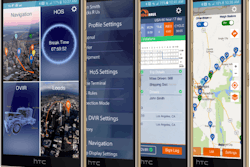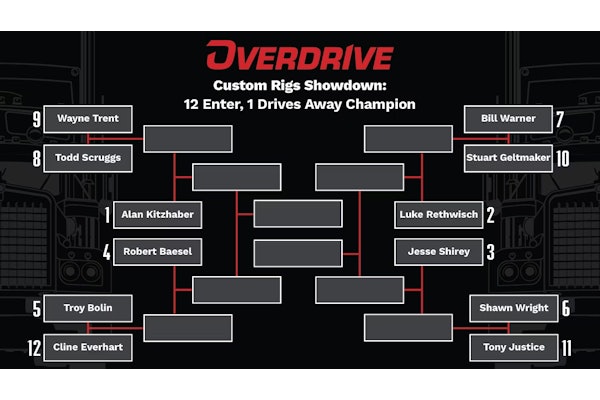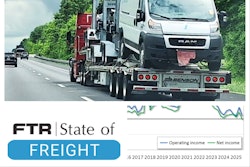
That was the message of TMW Systems’ Senior Value Engineer Scott Minton last week during the technology company’s mammoth user conference in Nashville, Tenn., conducted with fellow Trimble-owned company PeopleNet and including hundreds of educational sessions at the intersection of truck transport and computer and mobile communications technology.
Minton emphasized the session’s title in describing the “passion behind Engage.Bid” — he helped develop the tool, released by TMW Systems last year, which enables carriers to pull shipper RFPs‘ lane-by-lane requests for rate bids into a proprietary module and apply analysis tools based on market averages and other metrics to help determine the rates and, generally, speed up the process for time-strapped small fleets. “The software is motivated by trying to put in the hands of the carriers something to help deal with the painful, brutal exercise of the bid process,” Minton says. Likewise, it’s intended to provide a “means to price with conviction, and not let bids go to round three.”
As reported earlier this month, accelerated bid processes this year from some large shippers have moved the typical fourth-quarter-beginning bid season up a bit in seeming anticipation of the FMCSA’s electronic logging device mandate hitting at the end of the year, tying up carriers at times they didn’t exactly expect it.

The ability for carriers, particularly smaller entities, to participate in as many bids as possible also was on Minton and other developers’ minds when developing Engage.Bid. “This relationship between the shipper and the carrier is awkward,” he says. “There’s a lot of uncertainty. The things you think you can count on … you can’t really count on.”
When it comes to bidding and then inking contract rates, furthermore, for the longer term, “If you leave a penny on the table, that adds up quite a bit” over time, he adds. The technology that exists for RFPs generally is mostly aimed at helping shippers manage the process with their broker / carrier service providers. “They’re the ones with the freight and they initiate this process. They send out the master agreement, the lane file.” That or they “outsource the whole thing” with a 3PL/broker. “They’re doing what they can to optimize the bid” on their end to “get the most from the carriers at the least cost.”
With Engage.Bid, carriers can import shippers’ lane files into the proprietary system, view lanes against TMW Market Rate Index (MRI) averages, based on participating data-share carriers’ contract rates primarily, and apply pricing adjustments in semi-automated fashion (adding a percentage overall) or on more of a lane by lane basis.
The MRI average on a lane is viewable according to “how many orders represent that rate,” Minton says, and “all the kinds of things that make you have confidence, or not, in the MRI itself. Some lanes are dense and rates aren’t volatile. Other lanes don’t have as many orders — consider the MRI with a grain of salt in that case. That was the goal, to lane by lane have the [pricing] analysts surround themselves with as much information as they can.”
After pricing, the program is designed to then output bids into the shipper’s lane file format, attaching accessorials like fuel surcharges, detention and other aspects.
The Engage.Bid tool is a Software-as-a-Service (SaaS) product, hosted online and possible to try out before subscribing. Find more about it via this link.












